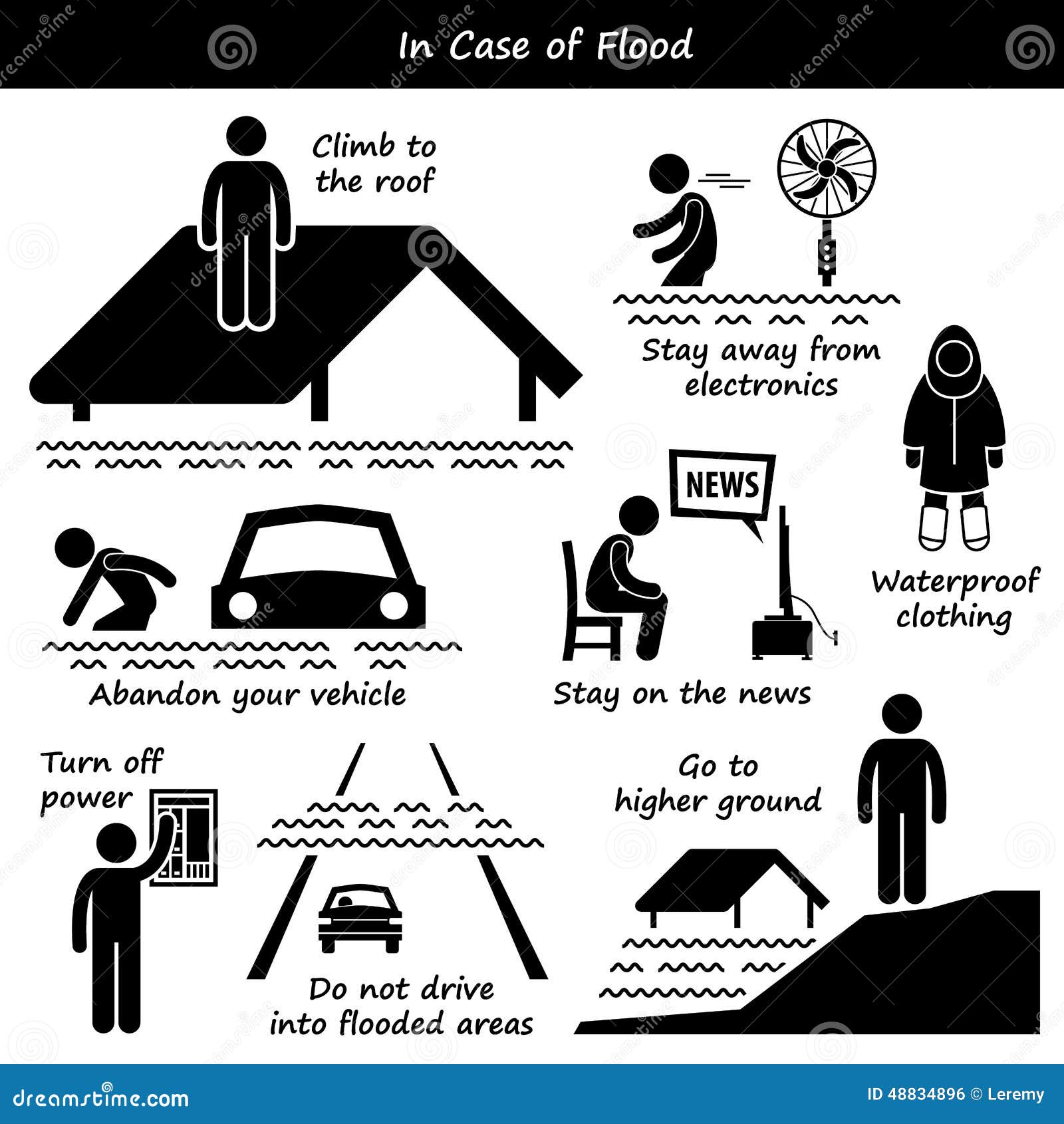Flash Flood Preparedness: Recognizing Alerts And Taking Action

Table of Contents
Understanding Flash Flood Risks and Warning Systems
Flash floods are a serious threat, developing rapidly and causing devastating damage. Understanding the risks and warning systems is the first step towards effective flash flood preparedness.
Identifying High-Risk Areas
Geographical factors significantly influence flash flood risk. Mountainous regions, areas with poor drainage, and those near rivers or streams are particularly vulnerable. Heavy rainfall in these areas can quickly overwhelm natural drainage systems, leading to rapid water accumulation and flash flooding.
- Examples of High-Risk Locations: Canyons, steep slopes, areas with a history of flash flooding, and regions with significant impervious surfaces (like parking lots).
- Identifying High-Risk Areas on Maps: Utilize resources like FEMA's Flood Map Service Center (FEMA Flood Maps) and your local government's websites. These resources often provide detailed flood risk maps and information specific to your region. Look for areas designated as high-risk flood zones.
Recognizing Flash Flood Warnings and Alerts
Understanding the different alert levels is crucial for timely action. The National Weather Service (NWS) uses the following:
- Flash Flood Watch: Conditions are favorable for flash flooding. Be prepared to act.
- Flash Flood Warning: Flash flooding is occurring or is imminent. Take immediate action.
- Flash Flood Advisory: Flash flooding is possible. Be aware of the potential danger.
Different methods disseminate these alerts:
- NOAA Weather Radio: A dedicated weather radio provides continuous broadcasts, including warnings and alerts.
- Weather Apps: Numerous weather apps (like WeatherBug, AccuWeather) offer real-time alerts and forecasts.
- Local News: Television, radio, and online news sources provide regular weather updates.
Actionable Steps based on Alert Level:
- Watch: Monitor weather conditions closely, review your flash flood plan, and prepare to evacuate if necessary.
- Warning: Evacuate immediately if instructed. Move to higher ground. Do not attempt to drive through floodwaters.
- Advisory: Stay informed about the developing situation, and be prepared to take action if conditions worsen. Avoid areas prone to flooding.
Multiple alert sources ensure you receive timely warnings, regardless of any single system failure.
Creating a Family Flash Flood Preparedness Plan
A well-defined plan is critical for effective flash flood response. This involves establishing evacuation routes, assembling an emergency kit, and preparing your home.
Developing an Evacuation Route
Knowing how to escape quickly is paramount.
- Multiple Escape Routes: Identify at least two routes to higher ground, considering potential road closures during a flash flood.
- Safe Zones & Evacuation Shelters: Familiarize yourself with designated safe zones and evacuation shelters in your community. This information is typically available on local government websites.
- Family Communication Plan: Establish a communication plan, including a designated out-of-state contact person for family members to check in with.
Building an Emergency Kit
An easily accessible, waterproof emergency kit is essential. It should include:
- Water: One gallon per person per day for several days.
- Non-Perishable Food: Easy-to-prepare food items with a long shelf life.
- First-Aid Kit: Include essential medications.
- Flashlight & Extra Batteries: For visibility in low-light conditions.
- Whistle: To signal for help.
- Radio (Battery-Powered): To receive weather alerts and news updates.
- Important Documents: Copies of vital records stored in a waterproof container.
Regularly check and update your kit to ensure its readiness.
Protecting Your Home
Taking proactive steps can minimize damage to your property:
- Floodproofing: Install sump pumps, elevate electrical systems, and consider waterproof barriers for your basement or ground floor.
- Moving Valuables: Relocate important documents, electronics, and other valuables to upper floors or safe locations.
- Sandbags: Use sandbags to protect entry points and vulnerable areas.
Actions to Take During a Flash Flood
Swift action is crucial during a flash flood.
Immediate Actions
- Evacuate Immediately: Move to higher ground as soon as a warning is issued. Do not wait for rising waters.
- Avoid Driving: Never attempt to drive through flooded areas. The depth of water may be deceptive, and even a small amount of water can sweep away a vehicle.
- Stay Informed: Continue monitoring weather reports and news updates for the latest information.
After the Flood
After the floodwaters recede:
- Check for Structural Damage: Inspect your home for damage and report any significant issues to the authorities.
- Safe Entry: Exercise caution when re-entering your home. Be aware of potential hazards like weakened structures, downed power lines, and contaminated water.
- Cleanup: Clean and sanitize affected areas thoroughly. Dispose of contaminated materials properly. Avoid contact with floodwater as it may contain harmful bacteria and pollutants.
Conclusion
Flash flood preparedness isn’t just about reacting to alerts; it’s about proactive planning and informed decision-making. By understanding flash flood risks, creating a comprehensive preparedness plan, and knowing the appropriate actions to take, you can significantly increase your safety and minimize potential damage. Don’t wait for a flash flood warning—take control of your safety by implementing a robust flash flood preparedness plan today. Learn more about advanced flash flood preparedness strategies and resources available in your area.

Featured Posts
-
 Laurent Baffie Thierry Ardisson Mea Culpa Et Accusations De Sexisme
May 26, 2025
Laurent Baffie Thierry Ardisson Mea Culpa Et Accusations De Sexisme
May 26, 2025 -
 Forget Footballers F1 Drivers Are This Seasons Style Icons
May 26, 2025
Forget Footballers F1 Drivers Are This Seasons Style Icons
May 26, 2025 -
 The Spread Of Internal Parasite Fungi A Climate Change Consequence
May 26, 2025
The Spread Of Internal Parasite Fungi A Climate Change Consequence
May 26, 2025 -
 The Reality Behind The Hells Angels Image
May 26, 2025
The Reality Behind The Hells Angels Image
May 26, 2025 -
 Pogacars Solo Triumph Second Tour Of Flanders Win Van Der Poel Defeated
May 26, 2025
Pogacars Solo Triumph Second Tour Of Flanders Win Van Der Poel Defeated
May 26, 2025
